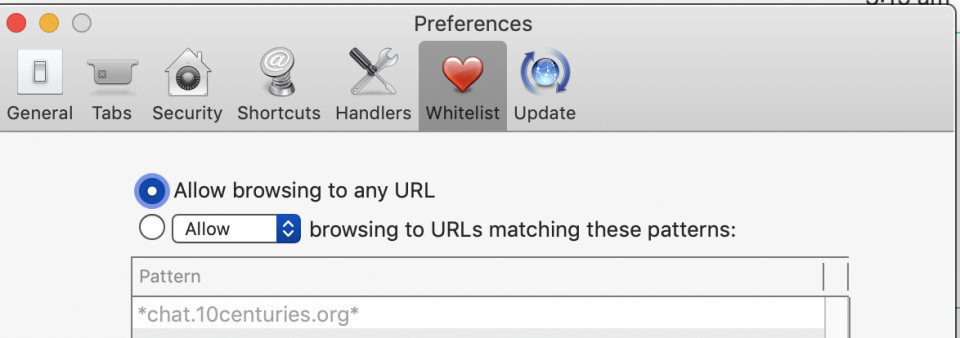@matigo About 6 to 8 weeks ago.
/@peemee
@jws I was seeing the same message. Log out/back in fixed it.
/@variablepulserate
@matigo I divested myself of direct Dropbox access to my devices when they announced the free tier was going to be accessible to a maximum of three devices. I have at least ten devices which used to connect baun’t jstify the ridiculous cost of the first level subscription model: 1TB for $17 per month.
Would it have killed them to offer something like Apple charges, like 50 GB for $1.50 as a first-tier subscription? The jump from 2 GB free to 1 TB subscription is too big a step for my use pattern.
I now access Dropbox via internet only, I have no Dropbox clients installed anywhere. Google Drive, OneDrive & iCloud are sufficient for me now.
@jws There’s supposed to be a new version of Testflight available but it hasn’t landed in the Oz app store yet.
// @JeremyCherfas
Attention @streakmachine – get some real strong coffee. https://www.bestproducts.com/lifestyle/a27193642/the-worlds-strongest-coffee-is-now-on-amazon/
@sumudu The Mac will default to using your chosen web browser INSTEAD of the Cappuccino SSB.
// @JeremyCherfas
@JeremyCherfas there’s one more step, chaps. Select "Allow browsing to any URL” in Preferences.
// @sumudu

Just bought two more Li-ion batteries from Amazon to suit my growing range of Ryobi One+ power tools. These are not genuine Ryobi batteries but are fully compatible with them if my experience with a previously-purchased compatible battery pack is a rteliable indication.
The will replace the old & tired Ni-Cad batteries that originally came with the hammer drill 15 years ago.